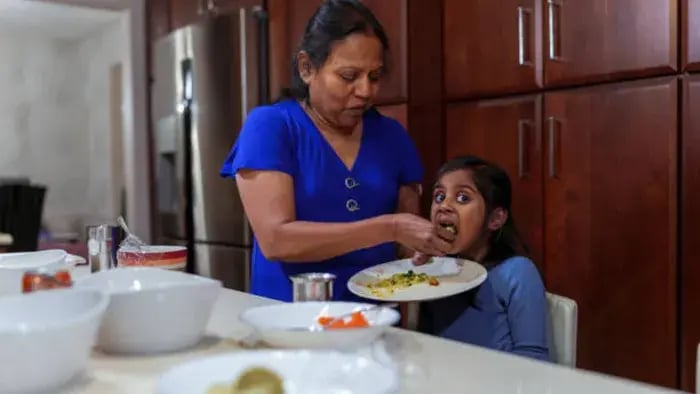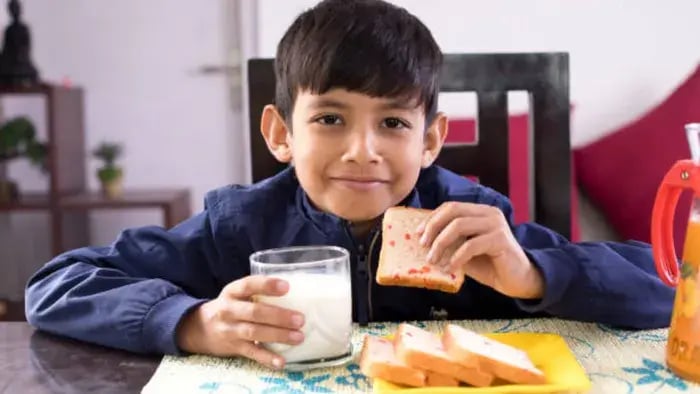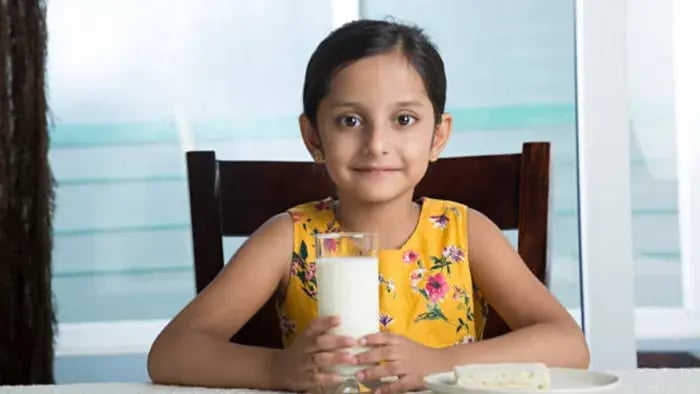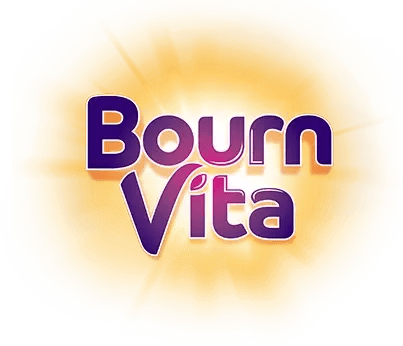- Vegetable Dalia (Broken Wheat Porridge)
- Moong Dal Cheela
- Idli with Coconut Chutney
- Vegetable Upma
- Masoor Dal Khichdi
- Stuffed Vegetable Paratha (Dry Roasted)
- Besan Chilla with Mint Chutney
Introduction
Getting kids to eat healthy food can be a daily challenge, especially when trying to cut calories without compromising on taste. According to Dietary Guidelines for Indians, Indian cuisine boasts a surprising number of low-calorie dishes that are not only nutritious but also delicious and enjoyable to eat. From steamed snacks to mildly spiced vegetable preparations, there are plenty of kid-friendly options that balance health and taste beautifully.

The key is to choose ingredients that are naturally rich in fibre, protein and essential nutrients and limit deep-fried or processed items. Think soft moong dal cheelas, idlis with vegetable sambar or homemade vegetable soups. These kinds of meals fill small tummies without being too heavy or high in fat. And with the right spices and colourful presentation, even the simplest of dishes can be exciting for young taste buds.
Low-calorie food doesn’t mean bland food. With smart cooking methods, such as steaming, baking, roasting, or pan-grilling, you can retain flavor and reduce unnecessary calories. It also helps build long-term healthy eating habits in children without making them feel restricted. Whether it’s for lunchboxes, evening snacks or light dinners, these dishes are a win-win for both taste and nutrition.
7 Delicious And Easy To Make Low-Calorie Indian Food Options For Kids

Vegetable Dalia (Broken Wheat Porridge)
Vegetable dalia is a one-pot meal made with broken wheat, seasonal vegetables, and mild spices. Cooked in a pressure cooker or pan with water and a pinch of turmeric, it becomes soft and comforting, perfect for little tummies. As per a study published in J Food Sci Technol. In 2014, Dalia is low in fat, high in fiber, and complex carbs that give slow-releasing energy to younger kids.
Moong Dal Cheela
Moong dal cheela is a savory pancake made from soaked and blended yellow moong dal. Add grated veggies like carrots, spinach, or bottle gourd to the batter for an extra boost. Cook it on a non-stick tawa with just a few drops of oil. As per a study conducted by Nutrients. 2019, it is low in calories and easy to digest, it’s a great breakfast or snack.
Idli with Coconut Chutney
Idlis are made from a fermented batter of rice and urad dal and steamed until soft. They are oil-free and light on the stomach, but are very filling, keeping kids happy and full. Studies conducted by Life (Basel). 2023 suggests that fermentation increases the bioavailability of nutrients, especially B vitamins. You can pair idlis with coconut chutney or vegetable sambar for a balanced, low-fat meal.
Vegetable Upma
Upma is a South Indian dish made with roasted semolina (suji), cooked with vegetables, mustard seeds, and curry leaves. Use minimal oil and load it with colorful vegetables like peas, carrots, and beans. According to the Dietary Guidelines for NIN, upma is not only low in calories but also rich in fiber and nutrients from the veggies. The light seasoning makes it easy for kids to enjoy without feeling overwhelmed by strong flavors.
Masoor Dal Khichdi
Masoor dal khichdi is a nourishing mix of red lentils and rice, cooked together with mild spices. You can add small amounts of veggies like pumpkin or spinach to increase fiber. As per the Compendium of Nutritional Data of Common Indian Food, it is naturally low in fat and calories while being rich in protein and iron. A small amount of ghee on top adds flavor without making it heavy. Perfect for dinner, especially during recovery days or when your child needs something light and healing.
Stuffed Vegetable Paratha (Dry Roasted)
Make whole wheat parathas and stuff them with mashed, mildly spiced veggies like cauliflower, carrots or spinach. No need to fry, you can dry roast them on a tawa and brush with a small amount of ghee or butter after cooking. This version keeps the calorie count low while offering fiber and vitamins. Serve with homemade curd or a bowl of plain dal for a complete and satisfying meal.
Besan Chilla with Mint Chutney
Besan (gram flour) chillas are quick to make and loaded with nutrition. Mix besan with water, turmeric, ajwain, and grated veggies like cabbage or beetroot. Cook on a tawa with minimal oil until golden brown. These chillas are gluten-free, light, and rich in protein and iron. The nutty taste of besan, combined with the cooling mint chutney, makes it a kid-approved option for breakfast or an after-school snack.
Conclusion

Including low-calorie yet nutritious Indian foods in your child’s daily meals doesn’t mean compromising on taste or satisfaction. From comforting dalia to crispy besan chilla, each dish listed above offers energy, fiber, and essential nutrients without overloading on fat or sugar. These meals not only support healthy weight and digestion but also encourage better focus and stamina throughout the day.
Her love for storytelling began with reading her grandfather’s speeches, where Tarishi saw the power of words in creating lasting memories. Combining her passions for food and writing, she has turned her life into a fulfilling path of sharing stories that celebrate flavours and how food brings communities together.
The views expressed are that of the expert alone.
The information provided in this content is for informational purposes only and should not be considered a substitute for professional medical advice, diagnosis, or treatment. Always seek the advice of your physician or another qualified healthcare provider before making any significant changes to your diet, exercise, or medication routines.
References
https://www.ccrhindia.nic.in/WriteReadData/LINKS/Compendium0c3fc504-fd77-45ab-9148-2407a787276c.pdf
https://www.nin.res.in/downloads/DietaryGuidelinesforNINwebsite.pdf
https://pmc.ncbi.nlm.nih.gov/articles/PMC10051273/
















